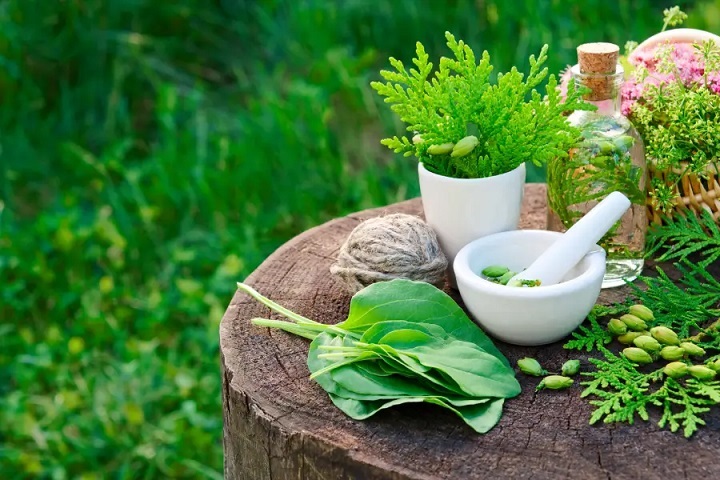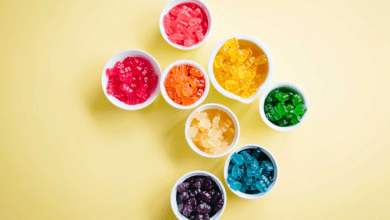
1. The Rise of Everyday Aesthetics
In an era dominated by Instagram grids, TikTok scrolls, and Pinterest boards, the concept of “aesthetic” has transcended its traditional meaning. Once confined to art history or design critique, aesthetics now permeates everyday life, shaping how people present themselves, how they organize their living spaces, and even how they structure their days. From the soft glow of fairy lights in a bedroom to the ritualized morning coffee routine perfectly framed for a camera, aesthetics has become less about taste and more about identity.
2. Social Media and the Language of Vibes
The rise of aesthetic culture is inseparable from the digital landscape. Social media platforms have turned visual presentation into a form of self-expression that can be curated, shared, and consumed almost instantaneously. TikTok and Instagram, in particular, thrive on “vibes” — an elusive combination of color palettes, music choices, and spatial arrangements that convey mood without words. Users don’t just decorate a room or pick an outfit; they construct an atmosphere that communicates who they are. A muted, earth-toned bedroom might signal calm introspection, while a neon-lit, eclectic space broadcasts creativity and energy. Every item, from a ceramic mug to a vintage poster, becomes a signifier of personality, taste, and belonging.
3. Rituals as Performance
Aesthetic culture also reframes the mundane into performative ritual. Morning routines, once private and functional, are now curated spectacles. The ritual of waking up, making a latte, journaling, or doing skincare can be transformed into a content loop that aligns with a personal or subcultural aesthetic. Even small details, like enjoying a particular Geek Bar Flavors vape while planning the day, become part of the mood and atmosphere one projects. These routines are more than practical—they are visual stories, snapshots of a life lived intentionally. In this context, aesthetics serves as a social currency. Sharing a perfectly staged workspace or a color-coordinated bookshelf isn’t just about decoration; it signals discipline, taste, and alignment with a larger cultural narrative.
4. Understanding Vibes
The concept of “vibes” is central to understanding aesthetic culture. Vibe is a mood made tangible, an aura projected through visual, auditory, and spatial cues. It’s the difference between a room being merely functional and it feeling like a personal sanctuary. A “cottagecore” vibe, for example, isn’t just about floral wallpaper or handcrafted mugs; it evokes a romanticized connection to nature, simplicity, and nostalgia. Similarly, the “dark academia” aesthetic uses muted tones, stacks of books, and vintage furniture to create an intellectual, introspective atmosphere. These vibes become shorthand for identity—an unspoken language understood within digital subcultures, where aesthetic choices are both personal and performative.
5. Rooms as Identity Canvases
Rooms themselves have become canvases for identity. Interior design is no longer just a matter of comfort or utility; it is a medium of self-expression. You can walk into someone’s room and, through color schemes, lighting, and decor, glean insights into their personality, values, and aspirations. Social media amplifies this phenomenon, encouraging people to craft spaces not just for living, but for sharing. The concept of the “Instagrammable room” illustrates how private spaces are increasingly curated with public consumption in mind. A minimalist, Scandinavian-inspired room communicates clarity and order, while a maximalist, vintage-filled apartment suggests eclecticism and nostalgia. In both cases, the space becomes an extension of the self, a visual identity projected into the digital world.
6. Lifestyle, Wellness, and Aesthetics
Aesthetic culture also intersects with lifestyle and wellness trends. Self-care routines, sustainable living, and mindful practices are often packaged within aesthetics, blurring the line between personal well-being and social signaling. The ritual of a “clean morning aesthetic,” complete with yoga, herbal teas, journaling, and curated moments like savoring a Geek Bar Flavors vape, presents an idealized life that is aspirational, shareable, and deeply intertwined with identity. In this sense, aesthetic culture is performative but also functional: it organizes daily life, promotes intentionality, and provides a sense of coherence in a chaotic world.
7. Critiques and Community
Critics of aesthetic culture argue that this focus on vibes, rooms, and routines can be superficial or performative, reducing personal identity to visual signifiers. There’s a risk of turning life into content, where authenticity is measured by likes, shares, or aesthetic coherence. Yet, it’s also undeniable that aesthetics allows for creativity, self-exploration, and community formation. People gather around shared aesthetics—whether it’s the warm minimalism of “Japandi,” the romantic nostalgia of “cottagecore,” or the moody elegance of “dark academia”—forming subcultures that provide belonging and inspiration. In this sense, aesthetics is not merely decorative; it is social, emotional, and cultural.
8. Curated Identity in the Digital Age
Ultimately, the rise of aesthetic culture reflects a broader cultural shift: identity is increasingly curated, performative, and multidimensional. Vibes, rooms, and routines are no longer incidental—they are deliberate, carefully constructed signals of who we are and who we want to be. This phenomenon extends beyond the digital sphere, influencing fashion, music, lifestyle, and even career choices. Aesthetic culture is not just about looking good; it’s about living in a way that is coherent, expressive, and shareable. It transforms everyday spaces and rituals into a language of selfhood, where identity is continuously curated, performed, and communicated.
9. Spaces, Routines, and Selfhood
In a world where so much of our lives are mediated through screens, aesthetics provides both control and connection. It allows individuals to craft their narrative, communicate nonverbally, and participate in cultural conversations. Whether through the warm glow of fairy lights, a meticulously arranged bookshelf, or curated routines including a favored Geek Bar Flavors vape, aesthetics has become a tool for self-expression, belonging, and identity formation. The spaces we inhabit, the routines we follow, and the vibes we cultivate are no longer merely personal—they are performative declarations of who we are, bridging the private and the public, the functional and the expressive, the lived and the shared.
10. Conclusion: The Power of Curation
In short, aesthetics has become a language, a lifestyle, and an identity marker all at once. The rooms we decorate, the routines we ritualize, and the vibes we project are not just reflections of taste—they are statements of self. In the age of digital intimacy and visual culture, aesthetics has proven that identity is not just something we are; it’s something we curate, perform, and share. And in that curation lies the power to transform the ordinary into the extraordinary, the private into the performative, and the personal into a communal conversation about who we are in a world increasingly defined by how we present ourselves.



